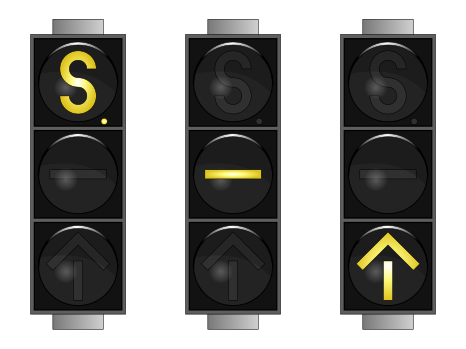smallspy
Senior Member
Not that I'm saying you're wrong -- I wasn't in the city at the time -- but the Star article that I linked, written a week before the opening of the line in 1997, says that "streetcars will have exclusive right-of-way only during morning and evening rush hours", and has a quote from TTC chair Paul Christie lamenting that "the streetcar will not have a dedicated right-of-way". Is this just wrong, or did the plans change in the intervening week?
I'm frankly, or at least was, inclined to believe that Ms. Murray was wrong in her article - newspapers being factually inaccurate is hardly a modern phenomenon - but the quote from Mr. Christie is more than a bit confusing. I was down on Spadina a lot before and after the construction, and at no time was the ROW not for the exclusive use of TTC vehicles. It may not have been particularly well enforced or delineated, but the signage and markings were there.
If this is the case, then I guess we should expect to see lane markings appearing on the St. Clair ROW too?
Considering the sheer number of cars that mistakenly turn onto it, I would expect them sooner rather than later.
Dan
Toronto, Ont.








